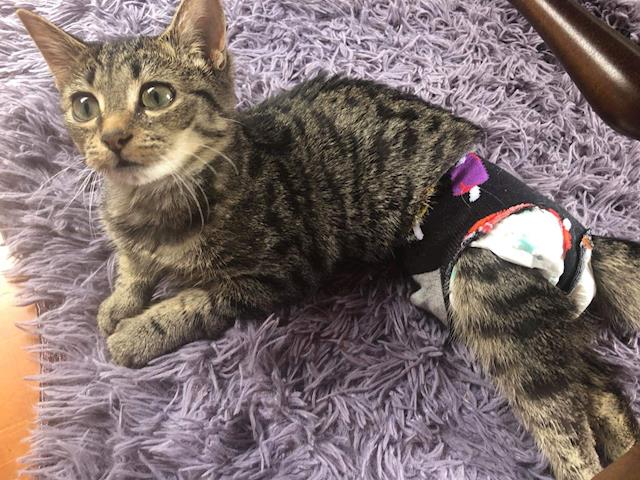Apologises for the delay
We have included what the scanned showed and diagnosis possibilities below.
The outcome is not particularly good unfortunately however we are treating Perseus with medication for 4-6 weeks to see if his symptoms improve or not and whether his length and quality of life has been impacted
Ultraound showed:
L kidney appears to have reduced cortical thickness (less functioning tissue) with hypoechoic medulla (thicker than usual. Medullas function is filtering waste) and a few small anechoic pockets (fluid).. Measures 3.5cm
R kidney appears to have reduced cortical thickness with hypoechoic medulla. Measures 3.2cm
Possible diagnosis could either of these:
Renal dysplasia
Glomerulonephritis
Renal dysplasia is a congenital disease in which one or both of a pet’s kidneys develop abnormally. With renal dysplasia, the kidneys are typically small, deformed, and never fully mature. This condition often results in poor kidney function and, in many cases, kidney failure. While renal dysplasia is much more common in dogs, it can also affect cats
Glomerulonephritis
Glomerulonephritis, also known as glomerular nephritis (GN), is a specific type of renal (or kidney) disease characterized by inflammation of the glomeruli. Glomeruli are tiny structures in the kidneys that act as filters for the blood.
Glomerulonephritis occurs when immune complexes (mixtures of antibodies and antigens) are filtered out of the bloodstream and become trapped within the glomeruli. When these compounds are trapped, the body responds by activating its immune defenses, resulting in further damage to the glomeruli.

